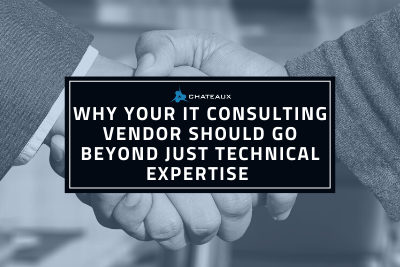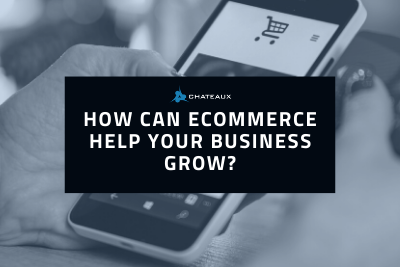Is your business ready for the ever-growing mobile market?

Multi-screen users are using a combination of phones, tablets, computers, and TVs to consume 90% of all media. They use multiple devices to accomplish a goal or task in one of two ways: sequential usage and simultaneous usage. Sequential usage occurs when users move from one device to another at different times to accomplish a task. Simultaneous usage occurs when users use more than one device at the same time for either a related or unrelated activity.
For simultaneous users, smart phones are the most frequent companion. 78% of simultaneous usage is multi-tasking, and 22% is complementary according to a Google study. The most popular activities while consuming media simultaneously are emailing, browsing the internet, and social networking.
Nine out of ten people use their devices sequentially and 98% move between devices that same day. Sequential users are primarily searching, browsing the internet, and social networking. Smart phones are the common starting place; with most users continuing on PCs. Search is the most important aspect of sequential usage. Not only is search the top activity performed sequentially, consumers rely on search to connect their experiences between devices. This means that they search again on a different device to continue their task. Businesses best be sure their goals for conversion aren’t tied to one device.
Now you may be thinking this is all geared toward consumers and not enterprise businesses. But at Chateaux we have noticed an increasing need to implement enterprise applications within a mobile environment. A recent case study outlines how one of our clients needed a way for the CEO, other executives, and account managers to analyze corporate revenue data on the go; the solution was to implement a mobile BI solution delivered via Apple iPads. Chateaux also implements technologies like Decisyon 360 which smashes barriers between people, information, decisions, and execution by bringing the power of social collaboration to data and business processes.
Businesses must make applications accessible on all devices. The days of returning to your workstation to access information are over. Going mobile is no longer an option, it’s a requirement.
Image credit: adactio








